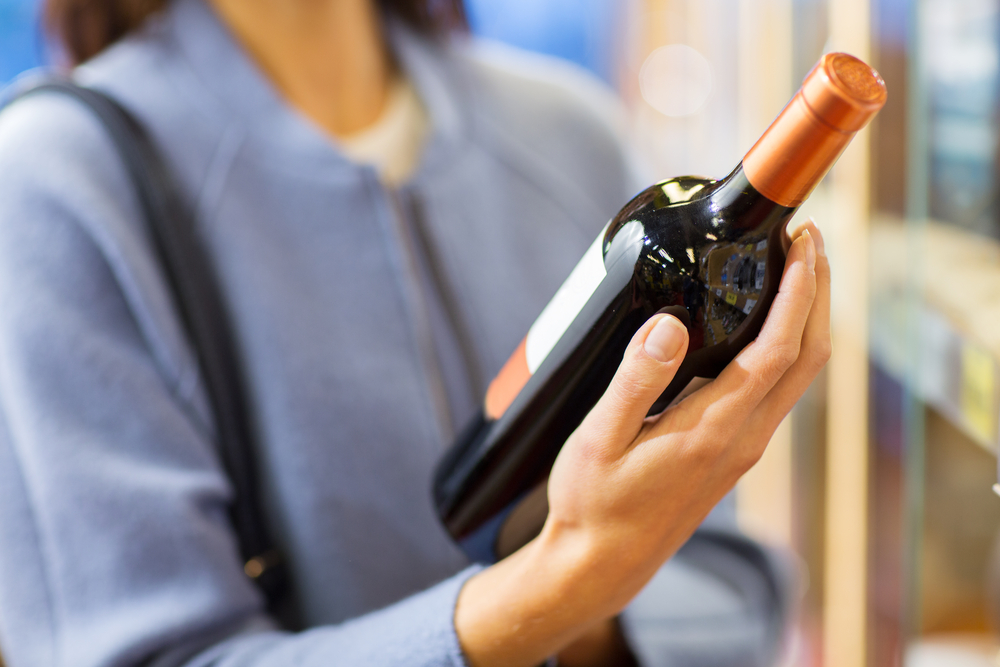Bottles of wine produced in the United States have labels that can offer us useful information. Understanding which information is important and which isn’t can be a daunting task, so we’re here to make it simple for you. Whether you’re considering a wine from Napa Valley or New Jersey, the following article will provide you with the answers to make informed purchasing decisions when buying wines online.

What’s the Appellation?
In the context of wine, the term “appellation” refers to a distinct geographical area. U.S. appellations of origin may be defined as a country, multiple states (up to 3), a single state, multiple counties (up to 3), a single county, or an American Viticultural Area (AVA). Domestic wine labels will indicate an appellation of origin, and according to federal law, at least 75% of the grapes used to make a wine must have been grown in the appellation listed. Federal law requires that wines stating an American Viticultural Area (AVA) on their labels must contain at least 85% grapes grown within the AVA, though individual states may have stricter standards.
What’s the Vintage Date?
A vintage date is the year in which grapes were harvested to make a wine. If this year is shown on a label, the appellation of origin must also be displayed. At least 85% of the grapes must have come from the year stated, except in the case of labels bearing an AVA, which require a minimum of 95%.
What’s the Grape Variety?
Wines can be made from a single grape variety or a blend of different ones. Labels that state a grape variety (i.e. Cabernet Sauvignon) require that the wine be comprised of at least 75% of that variety. Blends are made from more than one variety and are not required to list them on labels.
What’s “Estate Bottled?”
If “Estate Bottled” appears on the label, it means that the winery was responsible for all aspects of production, from growing and harvesting the grapes, to making, aging, and bottling the wine. The winery must reside within the AVA listed on the label. You may also find the phrase “Grown, Produced, and Bottled By” on the label of an Estate Bottled wine.
What about “Produced and Bottled?”
Labels that state that the wine was “Produced and Bottled By” indicate that at least 75% of its grapes were fermented and bottled there. Some, all, or none of the grapes may have been grown by the winery.
Alcohol Content
This is expressed as a percent by volume, though some bottlers may choose to label wines between 7% and 14% as “Table Wine” or “Light Wine.”
Health Warning Statement
This government warning appears on all beverages containing more than 0.5% alcohol by volume.
Contains Sulfites
This declaration must appear on all labels for wines with 10 parts per million or more of sulfur dioxide.
Net Contents
This is designated in metric units, and the standard size is 750 ml – though there are a range of formats.

Other Common Designations
- “Made and Bottled By” – the bottler fermented at least 75% of the wine.
- “Cellared and Bottled By” – the bottler subjected the wine to cellaring.
- “Reserve” – there are no specific requirements to include this on the label of domestic wines, but producers may state their reasons for this classification elsewhere on the bottle.
- “Old Vines” – there are no specific requirements to include this on the label of domestic wines, though producers may state exactly how old the vines are in some instances.
- “Cuvée” – a blend of grapes.
- “Meritage” – a Bordeaux-style blend produced by an American winery that belongs to the Meritage Alliance.
- In addition to the front labels on wine bottles, be sure to check out the back labels. They can often give you valuable details about the wine’s production, as well as tasting notes, food pairings, and cellaring suggestions.
Visit us at WTSO.com to discover your next American wine!



